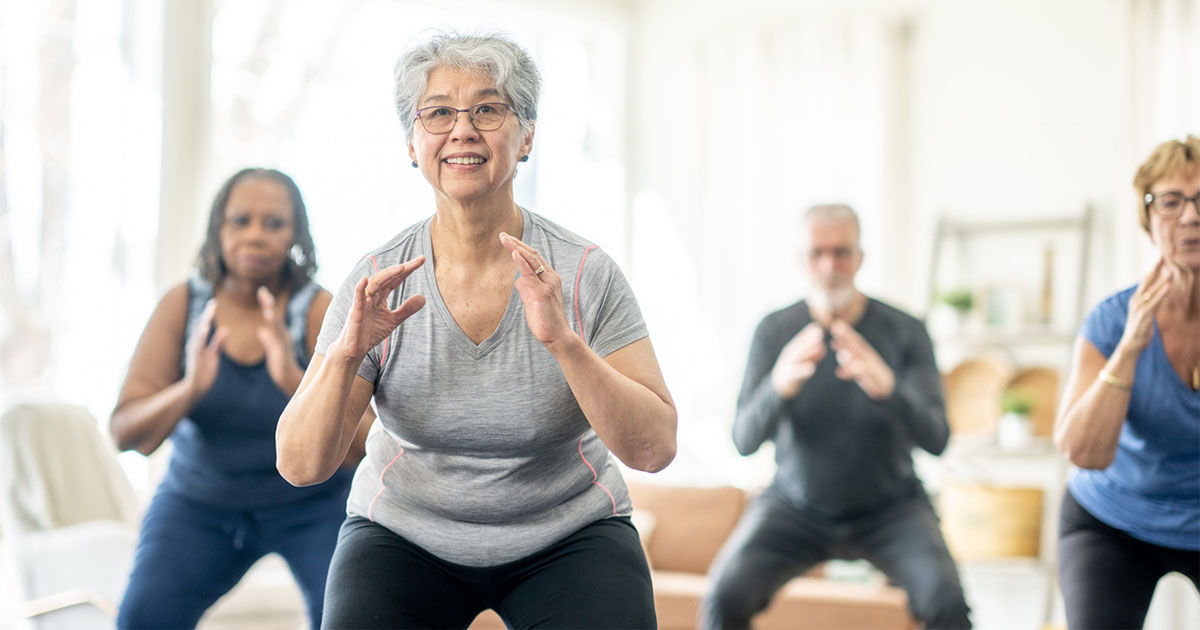EMPEROR-Reduced aimed to demonstrate whether the sodium–glucose cotransporter 2 (SGLT2) inhibitor empagliflozin could reduce rates of hospitalisation for heart failure (HHF) in those with more severe heart failure with reduced ejection fraction (HFrEF) at baseline than was demonstrated in the DAPA-HF trial, by enrolling greater numbers of people with lower ejection fractions (73% had an ejection fraction ≤30%) and requiring higher NT-proBNP levels in those with ejection fractions of 30–40%. The study randomised 3730 participants, of whom 50% had diabetes and nearly 50% had an estimated glomerular filtration rate (eGFR) less than 60 mL/min/1.73 m2. Over a median of 16 months, three key outcomes were evaluated in the statistical hierarchy. The principal results are as follows:
- Primary outcome (composite of cardiovascular death or HHF): significant 25% reduction, consistent whether participants had diabetes or not, driven by a 30% reduction in HHF. The number needed to treat to prevent one primary event was 19 over the study follow-up.
- Secondary outcomes:
– First and recurrent HHF: significant 30% reduction in those receiving empagliflozin versus placebo.
– Rate of decline in eGFR was slower in those treated with empagliflozin. The absolute annual decline in the empagliflozin group was 0.55 mL/min/1.73 m2, with a between-groups difference of 1.73 mL/min/1.73 m2 per year.
Cardiovascular death was not significantly reduced in those treated with empagliflozin in this study, which was different to findings in people with HF in DAPA-HF and in people with type 2 diabetes and a previous cardiovascular event in EMPA-REG. The authors highlight that the effect of SGLT2 inhibitors on mortality is heterogeneous and that a meta-analysis did demonstrate a significant reduction in cardiovascular death with dapagliflozin or empagliflozin (Zannad et al, 2020).
Other prespecified analyses reported but not included in the statistical testing hierarchy were a renal composite outcome (chronic dialysis, renal transplant or profound sustained reduction in eGFR), which was significantly reduced by 50% in the empagliflozin group, although the number of events was small. Effects on quality of life, death from any cause and new development of diabetes in those without the condition at baseline did not differ significantly between the two groups. There was a small decrease in hospitalisation for any cause in the empagliflozin group.
Adverse effects that have been observed with other HF treatments (e.g. hypotension, volume depletion, renal dysfunction) were no more common with empagliflozin. There was no difference in other adverse effects between the empagliflozin and placebo groups apart from uncomplicated genital infection, and the rates of hypoglycaemia, lower limb amputation and bone fracture did not differ between the groups.
Previous cardiovascular outcome trials in people with type 2 diabetes treated with SGLT2 inhibitors demonstrated beneficial effects in reducing HHF rates. The DAPA-HF trial, published in 2019, demonstrated HHF reductions in people with and without diabetes (42% had diabetes), and more recent evidence from Docherty et al (2020) suggests that these benefits occurred irrespective of other treatments for HFrEF, including the angiotensin receptor–neprilysin inhibitor (ARNI) sacubitril–valsartan. This suggests that each of the drug classes, including the SGLT2 inhibitors, have different modes of action in people with HFrEF. However, writing in an editorial accompanying the DAPA-HF results, Packer (2020) highlighted a possible interaction with metformin, in which some of the benefits of SGLT2 inhibitors were reduced; this will need further exploration.
The two trials recruited overlapping patient populations spanning a wide range of severity of HFrEF, as the population recruited to EMPEROR-Reduced was enriched with those with more severe HF, with lower mean ejection fraction, higher NT-proBNP levels and previous HHF.
Neither DAPA-HF nor EMPEROR-Reduced were adequately powered to assess effects on secondary endpoints such as cardiovascular death or all-cause death, or to look at drug effects on important subgroup analyses. Therefore the authors of EMPEROR-Reduced undertook a pre-planned meta-analysis using individual data from their study combined with data in the public domain from DAPA-HF (Zannad et al, 2020). They emphasise that their data should be interpreted with care since they did not have patient-level data from the DAPA-HF study, some statistical testing was not undertaken and only two studies were included; however, they conclude that both agents reduced all-cause and cardiovascular mortality and improved renal outcomes whether patients had diabetes or not, were women or men, and whether they were receiving an ARNI or not.





Poster abstract submissions are invited for the 21st National Conference of the PCDO Society, which will be held on 19 and 20 November.
10 Apr 2025